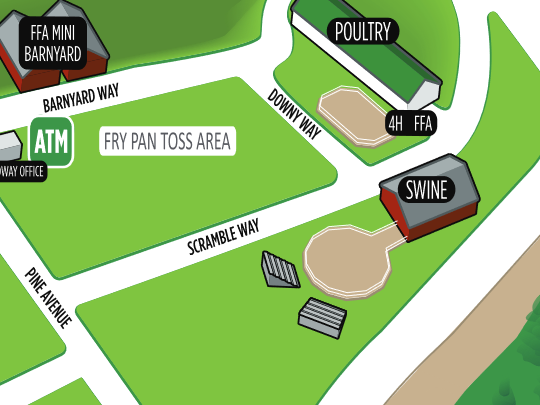This I can get behind! I didn’t, at first realise that my proposal highway=path + path=scramble has the issue of path=scramble only being usable with highway=path. In hindsight this is an obvious problem. I like your proposal better. Appreciate the input, Peter.
I noticed, but did not give you the credit you deserve. I just felt like adding a voice to this concern, which is real, at least for me.
Because I recognise that highway=path is being asked to cover a lot at the moment, and that this is a problem, I want to see us deal with that issue. I do, however, think that we should be careful in how we approach that issue, so that we avoid throwing the baby out with the bathwater, so to speak.
Could it be worth taking a step back, and take a holistic view on highway=path and related tags, like track, sidewalk, cycleway, footway, pedestrian? Some of these are arguably an attempt to limit the scope of highway=path, so that it becomes more consistent. I think a process of dividing/replacing the highway=path tag should come with a proper review of the different possible objective criteria that could be used to do so, along with the pros and cons of each approach, and their impact on neighbouring tags as mentioned above. I can’t imagine introducing highway=scramble is the only competing solution to address this issue. Also, such a process should almost certainly involve input from data consumers, such as rendering and routing engines tailored towards outdoor activities, in order to make sure we have their concerns in mind. Do we have representatives of any of them present in the forums?
I haven’t checked the history here, so this idea might not be novel at all, but I am tempted to suggest highway=trail as an alternative to solving this problem. This would cover about two thirds of the scope that highway=path occupies today, on the more extreme end of the spectrum, intentionally ruling out thoroughly prepared and maintained park footways, and paved paths. I’d then suggest moving these more “civilised” paths to other highway tags.
The benefit of making such a division, over the one proposed here, is that highway=trail would still be a big enough category for data consumers to care about, but not so big that demanding hikes and scrambles end up being rendered as “walks in the park”.

